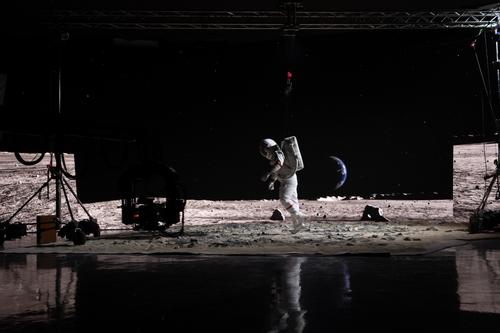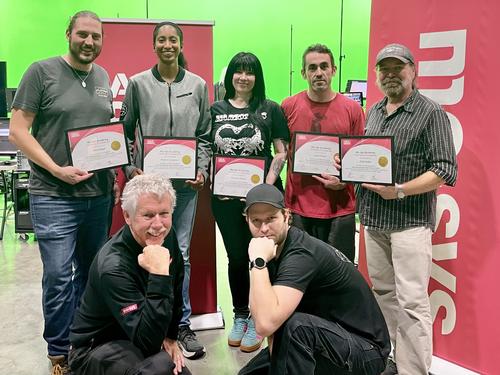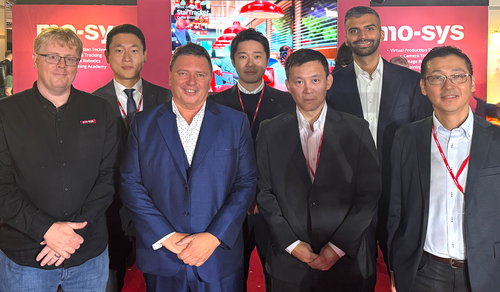Visualising the AR Roadmap
Commercial Director Mike Grieve talks to BroadcastPro Middle East about our StarTracker technology and explores the impact augmented reality is having on the broadcast industry.
Augmented Reality (AR) has brought new life to traditional screens by enabling broadcasters to extend their storytelling, thereby changing how consumers interact with content. BroadcastProME asks industry professionals to share their vision of how they foresee AR changing the face of broadcasting in various scenarios and how their own respective solutions can enhance the viewing experience.

Commercial Director, Mo-Sys
AR graphics are already used extensively in news, sports and weather storytelling. Children’s TV and mainstream drama, content that can be sold multiple times over to other broadcasters is probably where AR graphics provide the greatest return, both in terms of producing content that otherwise wouldn’t be possible, or if possible, it would be cost-prohibitive to make.
Mo-Sys manufactures StarTracker, a precision camera and lens tracking system, which is used to blend AR graphics with the real world. The system is also used for virtual studios, mixed reality, and extended reality. Mo-Sys also manufactures an Unreal Engine plugin called VP Pro, which enables all types of virtual production, and a range of encoded remote camera heads for wider, more varied AR shots.
AR graphics primarily require all the cameras used to be tracked, and all lenses on the cameras to have been profiled. Once this is done, one can choose which virtual studio software to use to synchronise and composite the AR graphics with the real world. Either a traditional virtual studio software package with automation and playout triggering, or where this isn’t required, an Unreal Engine plugin will work.
The biggest decision to make is whether the graphics operations team should be experts in Unreal, or experts in a traditional broadcast virtual studio software. This will determine the type of software that can be used to deliver the AR graphics. Choosing the camera, lens tracking system, and the camera grip comes after.
In terms of where AR is headed, greater photo-realism using technologies such as ray tracing is the obvious one. We will also begin to see more photo-realistic avatars, human or otherwise, driven by actors in motion capture suits with facial expression headsets, interacting with real actors.
The aim of broadcasters deploying AR is to create highly immersive content that’s visually appealing, which is ‘sticky’ in terms of viewer numbers and viewer duration, whilst also providing differentiation from the competition. The longer-term goal is for broadcasters to use AR to create increasingly sophisticated photo-realistic content that wouldn’t otherwise be possible.





